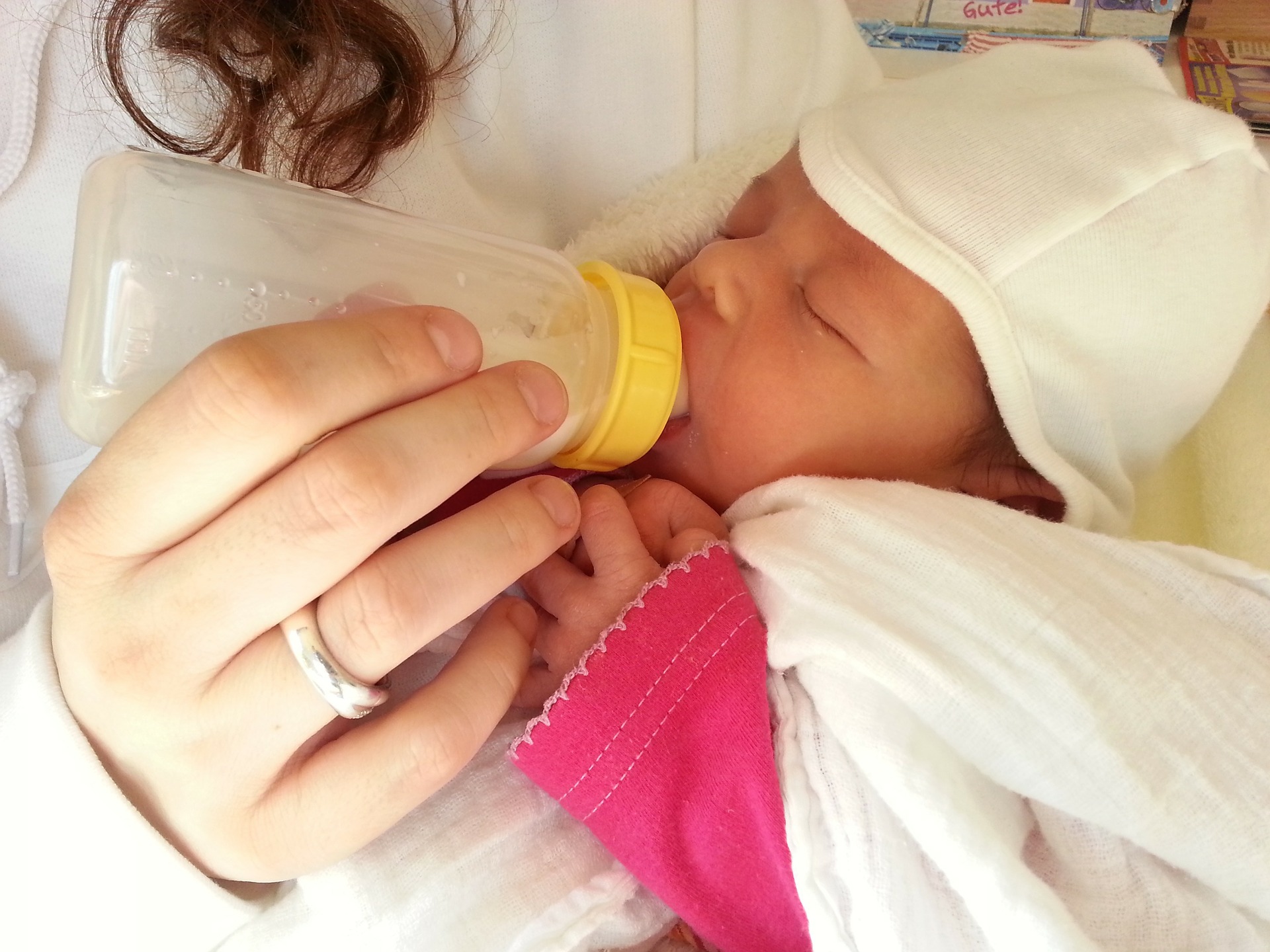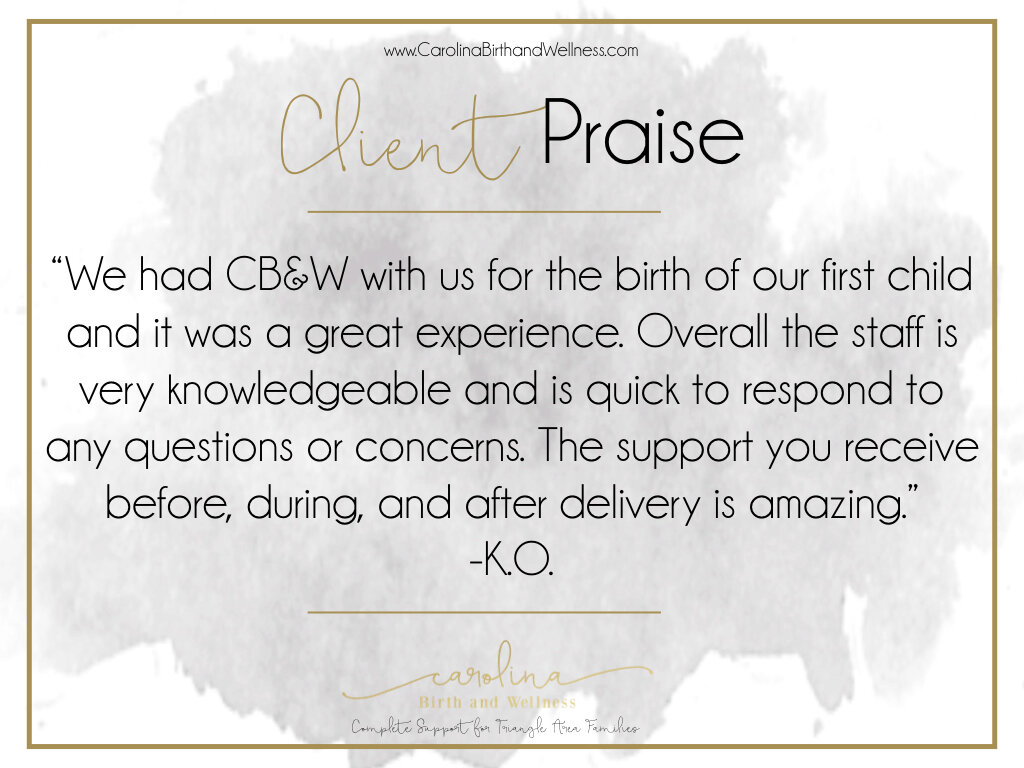Moms are busy. Fact. Meaning it can be difficult to maintain breastfeeding goals with an upcoming trip or needing to return to work.
How can you continue providing breast milk when you aren’t home for 3 to 4 of your baby’s regularly scheduled feeding times?If this seems stressful, take a deep breath. There is an easy solution. Build a stockpile of breastmilk in the freezer and warm it up as needed.
Calculating The Amount You Need
The first step to stockpile success is to plan in advance by determining how much milk you’ll need to cover your absence. From wanting to build a weekly supply to wanting to build a supply to last for months to totally stop breast pumping early, all you need is enough time to pump and enough freezer space.
Once you know how long you would like your supply to cover, it’s time to convert the number of milk needed for each feeding into ounces. Don’t worry this doesn’t involve any complicated math!
For exclusively breastfed babies milk intake doesn’t change much between six months and one, even though they will want more milk for short periods of time during growth spurts. Then after 6 months of age, once your baby starts to eat other foods, their intake may decrease.
Depending on your baby’s individual preferences between 1 month and 6 months of age it will need 19-30 oz of milk a day, for an average of 25 oz on a daily basis. Divide 25 by the number of feedings your baby has over a 24 hour period to determine how much you’ll need to pump per feeding and multiply 25 by how many days you would like your breastmilk supply to cover.
Beefing Up Your Supply To Pump Enough
To totally cover 5 days worth of total feedings you will need about 175 oz of breastmilk. That’s over a gallon! You may need to increase your breastmilk supply in order to have enough to store.
To Increase Your Milk Supply...
- Stick to your schedule. Pump at the same time every day to create a reliable flow.
- Add a little extra pumping time to each season. Try adding an extra 5 to 10 minutes to stimulate more milk.
- Pump more often. Add an extra pumping session first thing in the morning or right before bed. Take care of yourself.
- Get enough sleep, eat enough healthy calories, and stay hydrated to give your body enough time and energy.
- Try power pumping by pumping for every 10 minutes with a 10-minute break in between at the same hour over the course of 3 days.
Storing Your Milk
Make sure you have enough freezer space to store all of the breast milk you need. Do not freeze milk in glass or plastic bottles, only use disposable bags specific for freezing milk. Also, be sure to label the milk with the date it was stored.
It’s best to place milk away from the freezer door and towards the back where the temperature is the most consistent.
Breast Milk Can Be Stored For:
- 1 day in a cooler with ice or ice packs.
- 6 hours at room temperature.
- 72 hours in a refrigerator.
- 6 months in a regular freezer that’s attached to a refrigerator.
- 12 months in a deep freezer.
Note: Milk can stay in a refrigerator for up to 3 days before being frozen and milk that has been thawed cannot be refrozen. If you do not warm the thawed breastmilk it can be stored in the fridge for 24 hours. Once thawed milk has been warmed it should be discarded after 4 hours.
Thawing Breastmilk
To properly thaw frozen breast milk, remove it from the freezer one day before using it. Always use the oldest milk first. You can also use warm running water or place the milk in a bowl of warm water to slowly heat it up.
Do not use a microwave or stove to rapidly heat the milk. It could create inconsistent hot spots that could burn your baby along with cold spots. Research also suggests that heating milk too quickly and negatively impact its antibodies.
Make sure your caregiver properly follows your instructions from thawing breast milk and feeding your baby while you’re away.
Happy Storing!
Storing a supply of breast milk in the freezer is a great way for moms to continue providing breast milk when they’re too busy to pump or have to be away for a few days. Just be sure to give yourself time to pump enough milk to cover all of baby’s feedings.
Remember, you don’t need to fill your freezer during your maternity leave. It’s required by law that you have adequate time to express milk when you return. Ideally, you’ll use your breast pump for each feeding. So the breast milk you express at work can be used to feed your baby the next day.
About the Author
Aeroflow Breastpumps isn’t like other DMEs, and we don’t want to be. Our mission is to increase the instance of breastfeeding nationally, and our approach is to be a trusted resource and advocate for every new and expectant mother by providing the best equipment and supplies for ALL moms, creating a community that provides support and education, and settling for nothing less than exceptional customer service.










